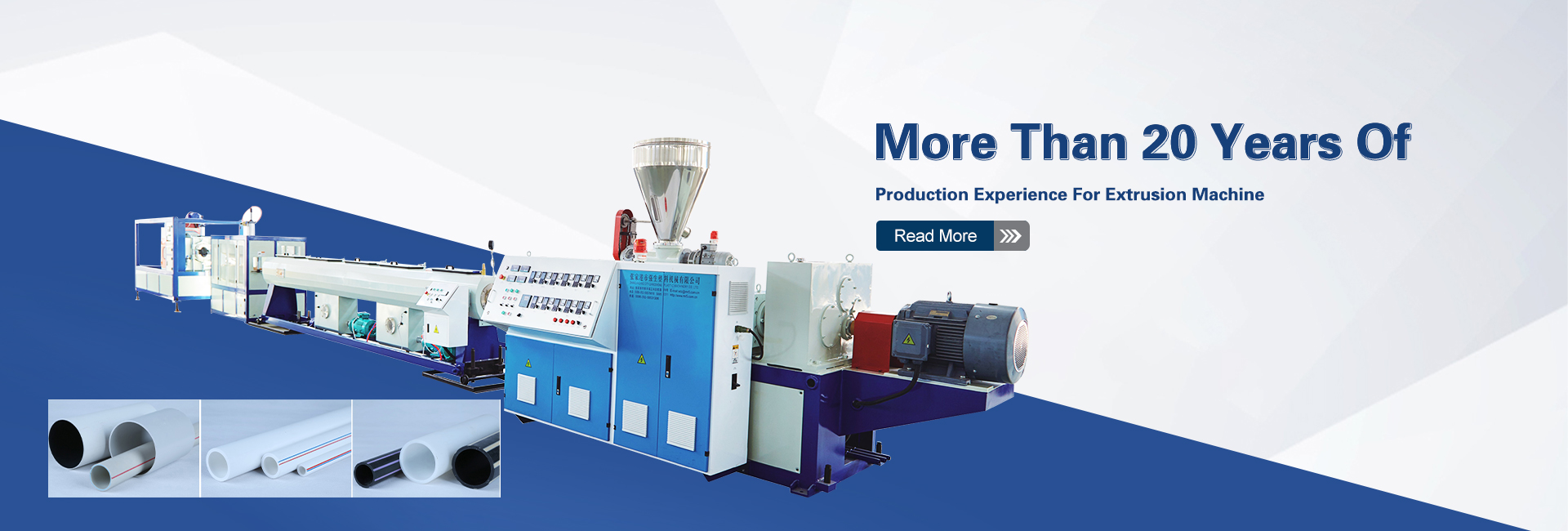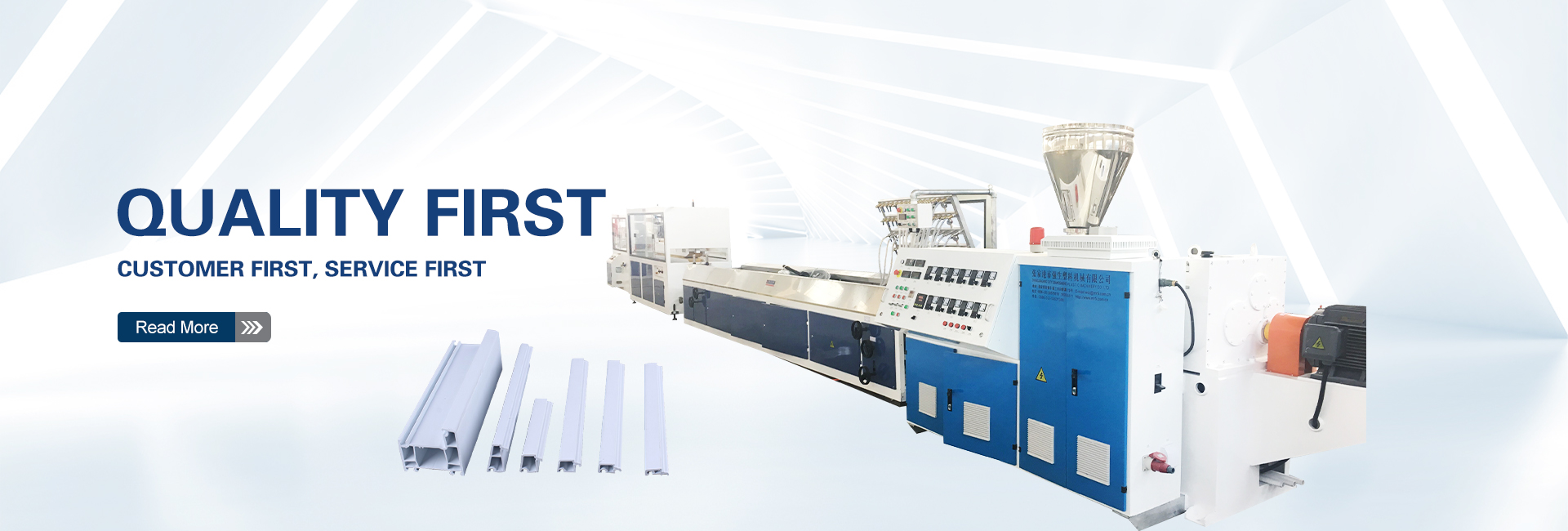Introduction to Plastic Extrusion
Plastic extrusion is one of the most widely used manufacturing processes in the plastics industry, particularly for thermoplastics. Similar to injection molding, extrusion is employed to create objects with continuous profiles, such as pipes, tubing, and door profiles. Modern thermoplastic extrusion has been a robust tool for nearly a century, enabling high-volume production of continuous profile parts. Customers collaborate with plastic extrusion companies to develop customized plastic extrusions for their specific needs.
This article delves into the fundamentals of plastic extrusion, explaining how the process works, which thermoplastic materials can be extruded, what products are commonly manufactured through plastic extrusion, and how plastic extrusion compares to aluminum extrusion.
The Plastic Extrusion Process
To understand the plastic extrusion process, it’s crucial to know what an extruder is and how it functions. Typically, an extruder consists of the following components:
Hopper: Stores raw plastic materials.
Feed Throat: Feeds plastic from the hopper into the barrel.
Heated Barrel: Contains a screw driven by a motor, which pushes the material towards the die.
Breaker Plate: Equipped with a screen to filter material and maintain pressure.
Feed Pipe: Transfers the molten material from the barrel to the die.
Die: Shapes the material into the desired profile.
Cooling System: Ensures uniform solidification of the extruded part.
The plastic extrusion process begins by filling the hopper with solid raw materials, such as pellets or flakes. The material is gravity-fed through the feed throat into the barrel of the extruder. As the material enters the barrel, it is heated through several heating zones. Simultaneously, the material is pushed towards the die end of the barrel by a reciprocating screw, driven by a motor. The screw and pressure generate additional heat, so the heating zones need not be as hot as the final extrusion temperature.
The molten plastic exits the barrel through a screen reinforced by a breaker plate, which removes contaminants and maintains uniform pressure within the barrel. The material then passes through the feed pipe into a custom die, which has an opening shaped like the desired extruded profile, producing the custom plastic extrusion.
As the material is forced through the die, it takes on the shape of the die opening, completing the extrusion process. The extruded profile is then cooled in a water bath or through a series of cooling rolls to solidify.
Extrusion Plastics
Plastic extrusion is suitable for various thermoplastic materials, heated to their melting points without causing thermal degradation. The extrusion temperature varies depending on the specific plastic. Common extrusion plastics include:
Polyethylene (PE): Extrudes between 400°C (low-density) and 600°C (high-density).
Polystyrene (PS): ~450°C
Nylon: 450°C to 520°C
Polypropylene (PP): ~450°C
PVC: Between 350°C and 380°C
In some cases, elastomers or thermosetting plastics can be extruded instead of thermoplastics.
Applications of Plastic Extrusion
Plastic extrusion companies can manufacture a wide range of parts with consistent profiles. Plastic extrusion profiles are ideal for pipes, door profiles, automotive parts, and more.
1. Pipes and Tubing
Plastic pipes and tubing, often made from PVC or other thermoplastics, are common plastic extrusion applications due to their simple cylindrical profiles. An example is extruded drainage pipes.
2. Wire Insulation
Many thermoplastics offer excellent electrical insulation and thermal stability, making them suitable for extruding insulation and sheathing for wires and cables. Fluoropolymers are also used for this purpose.
3. Door and Window Profiles
Plastic door and window frames, characterized by their continuous profiles and lengths, are perfect for extrusion. PVC is a popular material for this application and other household accessories related to plastic extrusion profiles.
4. Blinds
Blinds, consisting of many identical slats, can be extruded from thermoplastics. The profiles are usually short, sometimes with one side rounded. Polystyrene is often used for faux wood blinds.
5. Weather Stripping
Plastic extrusion companies frequently produce weather stripping products, designed to fit snugly around door and window frames. Rubber is a common material for weather stripping.
6. Windshield Wipers and Squeegees
Automotive windshield wipers are typically extruded. The extruded plastic can be synthetic rubber materials like EPDM, or a combination of synthetic and natural rubber. Manual squeegee blades work similarly to windshield wipers.
Plastic Extrusion vs. Aluminum Extrusion
Besides thermoplastics, aluminum can also be extruded to create continuous profile parts. Advantages of aluminum extrusion include lightweight, conductivity, and recyclability. Common applications for aluminum extrusion include bars, tubes, wires, pipes, fences, rails, frames, and heat sinks.
Unlike plastic extrusion, aluminum extrusion can be either hot or cold: hot extrusion is performed between 350°C and 500°C, while cold extrusion is done at room temperature.
Conclusion
Plastic extrusion, especially in the context of the China Plastic Pipe Extrusion Line, is a versatile and efficient method for producing continuous profile parts. Its ability to handle a variety of thermoplastics and its broad range of applications make it indispensable in the plastic manufacturing industry.
Post time: Jul-16-2024



